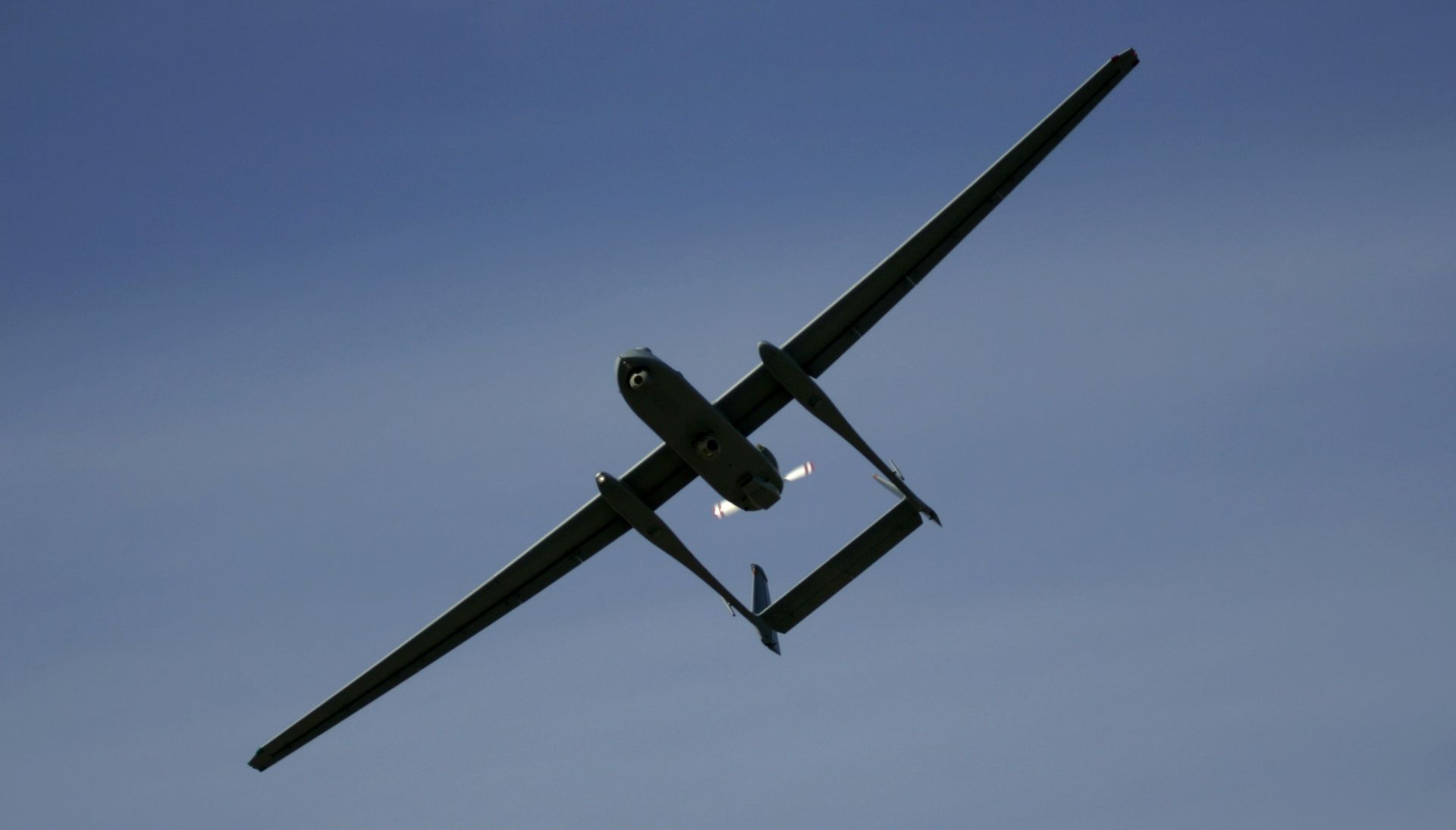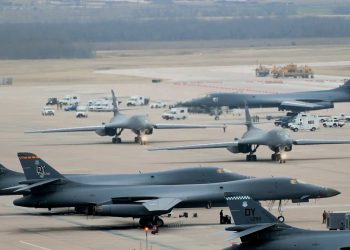, A glimpse into the future of how the RAF might attack a number of air and ground targets with multiple unmanned aircraft, but with a single pilot in charge, has been demonstrated over the West Country.
A passenger jet simulating a pilotless combat aircraft was flown from RAF Boscombe Down to an area of the Bristol Channel target area by its normal crew – who then “handed over” control to the pilot of a nearby RAF Tornado fighter via data links from his cockpit.
Once at operating height the crew of the passenger jet – a standard BAC 1-11 but with seats replaced by three autonomous sets of hi-tech Unmanned Combat Air Vehicle simulators – relaxed as the Tornado pilot took over the controls and instructed the commercial jet and its three virtual equivalents to proceed towards the targets.
The BAC 1-11 is a technology demonstrator – or surrogate UAV – providing a platform to test the operation of an unmanned aircraft from the cockpit of a single frontline jet.
The system was developed by QinetiQ, formerly the Government's Defence Evaluation and Research Agency, with funding from the MOD. While only one aircraft was physically being flown, it had banks of duplicated equipment to mimic three further UAVs, all of which were successfully flown onto targets during the demonstration.
The crew of the BAC 1-11 was retained for safety, but once cleared after the take-off the aircraft was handed over to the control of Tornado pilot Squadron Leader Andy Blythe, of RAF Boscombe Down's Fast Jet Test Squadron, who was flying close by.
The Tornado and four UAVs carried out simulated ground attacks on moving targets driving autonomously across Exmoor. The sophisticated computer on the UAVs allowed them to communicate and sense their environment, including locating possible enemies and target their weapons themselves. The final decision whether to fire was retained by the Tornado pilot.
Squadron Leader Andy Blythe said:
“The trial was a complete success. The BAC 1-11 took off first and and I caught up with it 30 minutes later. I took over and operated the jet at between 14,000 and 20,000ft. I found the UAVs easy to control. First I directed them to do a sweep over the battlefield to identify vehicles and send back their images to me in the cockpit. Once I had classified the targets in order of priority, and got the UAVs to make a second sweep to check for friendlies, I gave consent for the UAVs to destroy the targets, which they did and then made a final sweep for battle damage assessment.”
The Tornado – an F2 air defence variant – is known as TIARA (Tornado Integrated Avionics Research Aircraft). In customising the aircraft for UAV trials, standard cockpit instrumentation was replaced by a number of interactive moving map screens to allow operation of the notional pilotless aircraft.
The advantages of the demonstrator aircraft include not being confined to segregated test ranges and enabling software refinements to take place in the air as they are needed, rather than having a dedicated facility on the ground. Central to the project is the reduction of workload on the pilot.
Squadron Leader Rich Wells, of MOD's Defence Equipment Capability (DEC) Deep Target Attack branch, explained:
“The RAF is keen to explore the potential of extending the capability of our fast jet aircraft through the use of multiple supporting UAVs. The latest achievement by QinetiQ represents a significant advance to this end.
“The use of UAVs has the potential to deliver a wide range of benefits both for the management of air battle space, force multiplication and safety. In particular it can perform missions that are dangerous, dirty or dull that are currently carried out by manned aircraft.
“UAVs provide air forces with increased capability, greater flexibility and agility. But the human control will always be pivotal and ever-present. The image of a 'Terminator' with a mind of its own will never happen. UAVs can be controlled from the ground, but directing a number of UAVs from a manned aircraft close to the battle space could offer significant military advantages.”
QinetiQ's Air Division Managing Director, Tony Wall, added:
“We are delighted with the success achieved at Boscombe Down – it represents an important step in proving that complex autonomy technologies are ready to move from a simulated world to realistic flight conditions. A system that allows a single pilot to fly his or her own aircraft while simultaneously controlling a package of UAVs is a true world first. We hope it will be coming into service around 2020, possibly on Typhoon.”
The latest trials will feed into two further UAV areas – Project TARANIS, an MOD initiative to develop an autonomous full size unmanned combat aircraft which should fly by 2010, and a system for commercial applications that can assist in areas such as search and rescue, disaster relief and environmental monitoring.
Beijing slams US over potential Chinese drone ban
China said on Friday it would take "all necessary measures" in response to the United States announcing it was considering...








